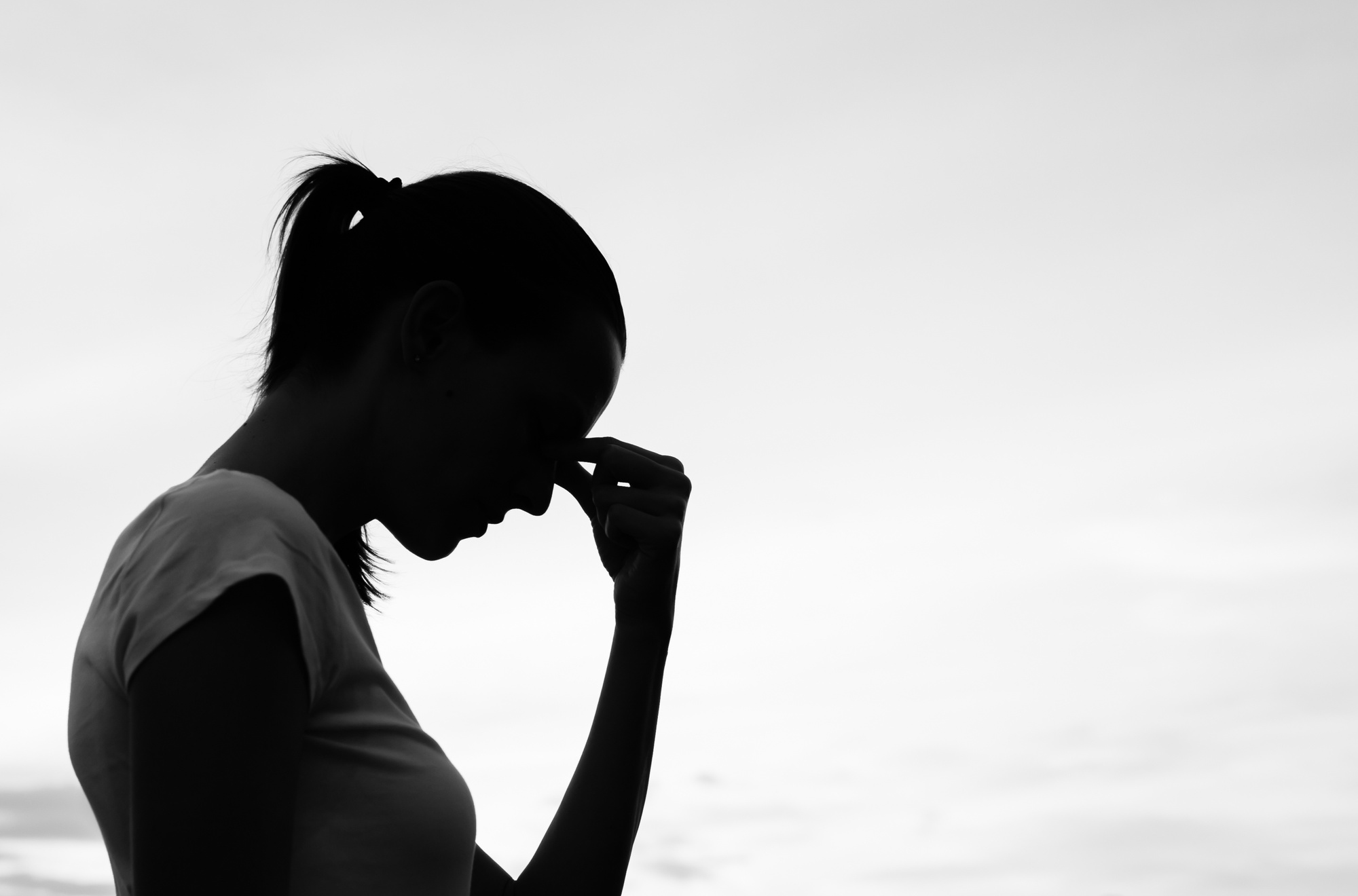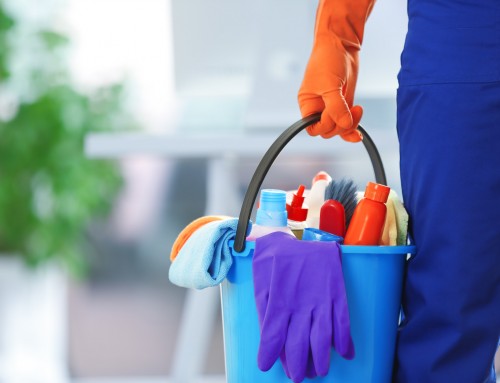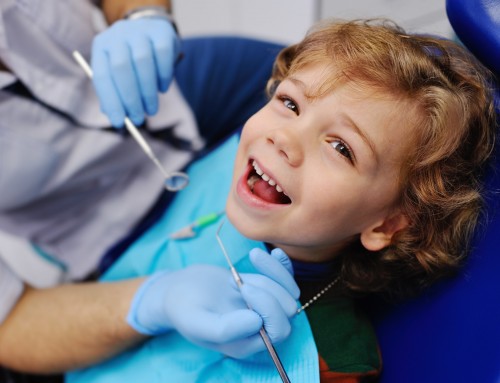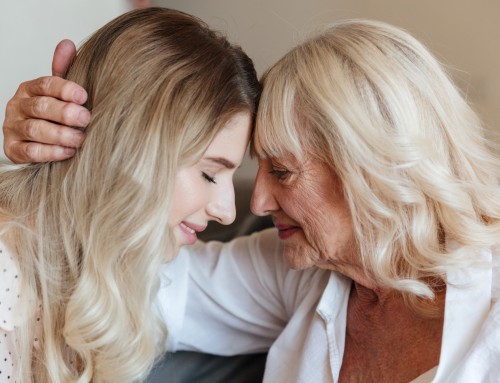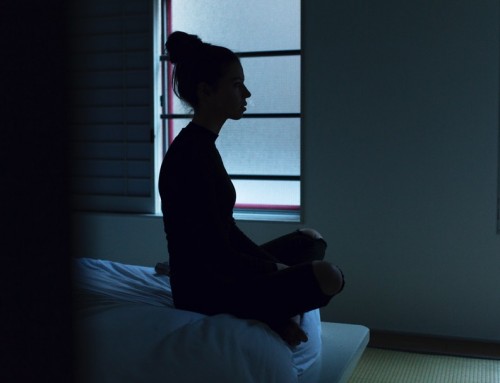Close to 3 out of 4 women have a bad relationship with eating. This number may come as a shock, seeing as most people believe eating disorders (or EDs) in women to be a much lower number.
This is due to a lot of different factors that have built up over time. Social misunderstandings and public views all make it difficult to notice when someone has an eating disorder.
What are the things that stain our views on eating disorders in general? And what can we do to change that for the better?
Keep reading to learn more.
A Narrow View
One of the biggest reasons why EDs are so hard to detect is that public view is skewed. When we think of EDs, we often think of a super thin teenage girl as she deals with prolonged anorexia.
This is a possible scenario, but that undermines all of the other EDs that harm many different people all over the world. There are several different disorders. And these EDs affect people of all genders, ages, races, and incomes.
But because we often think of that one type of person – and only that one type – most of us gloss over the possibility that any other type could have an ED.
Stereotypes
There are a lot of harmful stereotypes that mix into the general public view on EDs. Often people think the patient is crazy or vain. From an outsider’s point of view, an ED is a choice.
Most often in patients, however, the opposite is true. It’s a compulsion more than a choice, and it’s difficult for many people to break away from.
Due to these negative stereotypes, we tend to ignore all other signs that might be sitting right in front of us.
Not Enough Conversation
Despite all of the different mental disorders beginning to crack their way into the public’s eye, EDs tend to not be one of them. There are no conversations to help further our understanding of the variety of eating disorders that affect so many people.
Keeping the disorders in silence only makes it harder for those who suffer from them to come forward. They’ll often think it to be something they need to deal with on their own. Or they don’t believe anyone will want to help them.
From here, we keep EDs in the dark, allowing them to fester unnoticed.
Lack of Knowledge
A general lack of knowledge about all the different intricate details of EDs makes it hard for us to know when a loved one is in danger. Without knowing the different types and how they work, we will never know how to detect them.
We’re in luck. Changing all of these things is not an easy task, but it is possible. All it takes is going one step at a time.
Changing Our Outlook
In order to help those we care about, we need to begin the change with ourselves. Viewing eating disorders with a keener eye and an open mind is the first step to moving forward. There are things we can do to help out even further.
Learn About the Disorders
First and foremost on the agenda is to get a general knowledge about EDs. You don’t need to know every small thing about them, of course. But knowing a broad amount of information will make everything else fall into place.
Things like: what are the different types of EDs? What’s the difference between anorexia and binge eating disorders? How do these disorders affect people in the short term and long term?
Knowing the answers to these questions will already put you in a better place than most people.
Talk with Loved Ones
Beginning conversations as a people has to start at home. Don’t be afraid to teach your children about EDs and their dangers. Don’t hesitate to ask your loved ones how they’re feeling and if everything is okay.
If someone you know has an ED, talk to them about it. Learn from them. Getting their story firsthand will bring a kind of understanding you can’t find in a textbook.
Plus, it will make them feel heard and loved, which is the most important thing of all.
Know the Signs
Catching the signs for EDs isn’t an easy endeavor. The most obvious signs begin to show after a lot of time passes.
Take some time to learn the different signs. It’s also good to know the different signs of anorexia versus the signs of bulimia and so on.
There are some general signs as well. These include irritability during meal time, a sudden change in demeanor, poor body image, and excessive exercise. If you begin to notice a loved one showing symptoms like these, begin broaching the topic about EDs in a gentle and caring way.
Ask for Help
Eating disorders are not an easy thing to deal with. It’s a terrible affliction for the patient, and it’s also difficult for family members to know how to help.
When in doubt, seek out professional help. There’s no reason to figure out all these things on your own. We all want to help our loved ones as best we can. And sometimes that means asking for outside help.
Likewise, if you are suffering from an ED right now, find someone who can help you begin your road to recovery. It’s a journey you don’t have to go alone.
Eating Disorders in Women Should Not Be a Taboo Topic
The conversation about eating disorders in women is a vast one that we can’t solve with a single article. What it comes down to is what we all do with the information we’ve learned.
Instead of keeping quiet about such a delicate topic, we should try to speak to our loved ones. Keep ourselves informed with all the details about the different eating disorders.
Once we break the taboo over the conversation perhaps those in need will not feel so afraid to seek help.
Before you go, take a look at our tips on how to lose weight in a healthy and sustainable way.

